Mary Cohen is a British violinist who studied at Royal College of Music (piano and composition in addition to violin) and was a member of the City of Birmingham Symphony Orchestra. She also plays viola and cello, and is a passionate advocate of chamber music for students from the earliest possible moment. Ms. Cohen has been deeply involved with the Associated Board of the Royal Schools of Music, especially with their Music Medals program. Her books are full of humor—let me repeat that, FULL of humor-- and opportunities for creativity. She incorporates a wide variety of styles, including jazz, ragtime, 20th century compositional techniques, and many dance forms. Half-string harmonics are introduced early on, as are more “sophisticated” rhythms and bowings. Faber Music publishes her books, and her website, Mary’s Music Cupboard (http://marysmusiccupboard.epartnershub.com/Default.aspx#), offers some free materials in addition to purchased music downloads.
You can get a good idea of the flavor of Mary’s works in this progression chart of her books:
Seven Useful Tips
(to make you one of the worst pupils in the world)
1. Always arrive at your lesson with filthy, sticky hands and long fingernails which need cutting.
2. Forget to put your bow/violin in your case after practicing, so you have a good chance of leaving one of them at home.
3. Leave all the pieces you are working at on your music-stand after practicing so even if you remember your violin/bow, you will probably forget to bring your music.
4. Lose your practice notebook the second you arrive home—so you don’t have to read it and you can aim for the world record of the pupil who has the most notebooks with only one page of writing.
5. Never look in your practice book (if you’re being kind to trees and haven’t lost it yet) to remind you what it is that you are supposed to be working at this week.
6. Always play pieces with as many of the mistakes you made first time round as possible, and definitely don’t try to remember what it was you worked on in your lesson which solved this week’s problems.
7. Don’t practice until the day before your next lesson and if possible make sure you’ve left either your violin, bow or music with your teacher.
Have you any other great tips to pass on?
Like those in the "Words and Music" blog posts (January and February 2013), Ms. Cohen is another great advocate for using words to teach rhythms, particularly in the earliest levels of development. Bags of Fun, a book for the “absolute beginner,” is a collection of one-line “pieces” where the rhythm reflects the title. Students also get to play col legno, behind the bridge, and accents; do retakes; and even go up for the half-string harmonic. All four strings are used, fingers are limited to 1 and high 2, time signatures are 2/4, 3/4, and 4/4, and combinations of eighth and quarter notes contribute to the fun. Here are a few examples (apologies for the lag time after hitting record):
Energetic elephants down at the gym.
Oh.. sometimes I feel happy
And.. sometimes I feel sad.
Oh.. sometime I behave so well
And.. sometimes I’m just bad.
I’m.. all mixed up (I’m a mixed up pup) but I want to be quite or-di-na-ry
So today I’ll just feel happy
And.. then we’ll all be glad (Hooray!)
Here is the D string version of the tune, which the book presents in A string and G string versions as well. The accompaniment is from the cd that comes with the book.
Whew! That’s just some of her beginning repertoire. More to come!

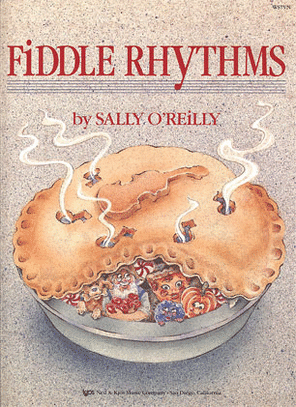
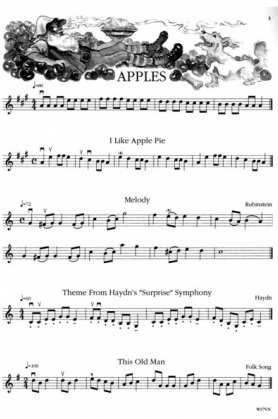
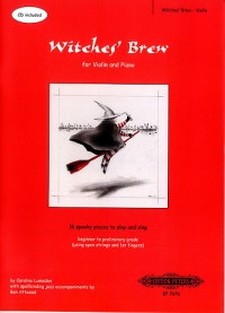
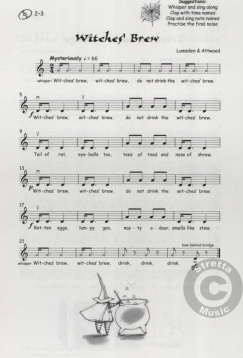
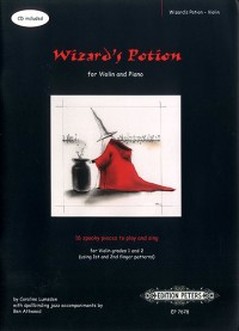
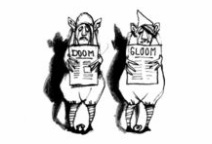
 RSS Feed
RSS Feed